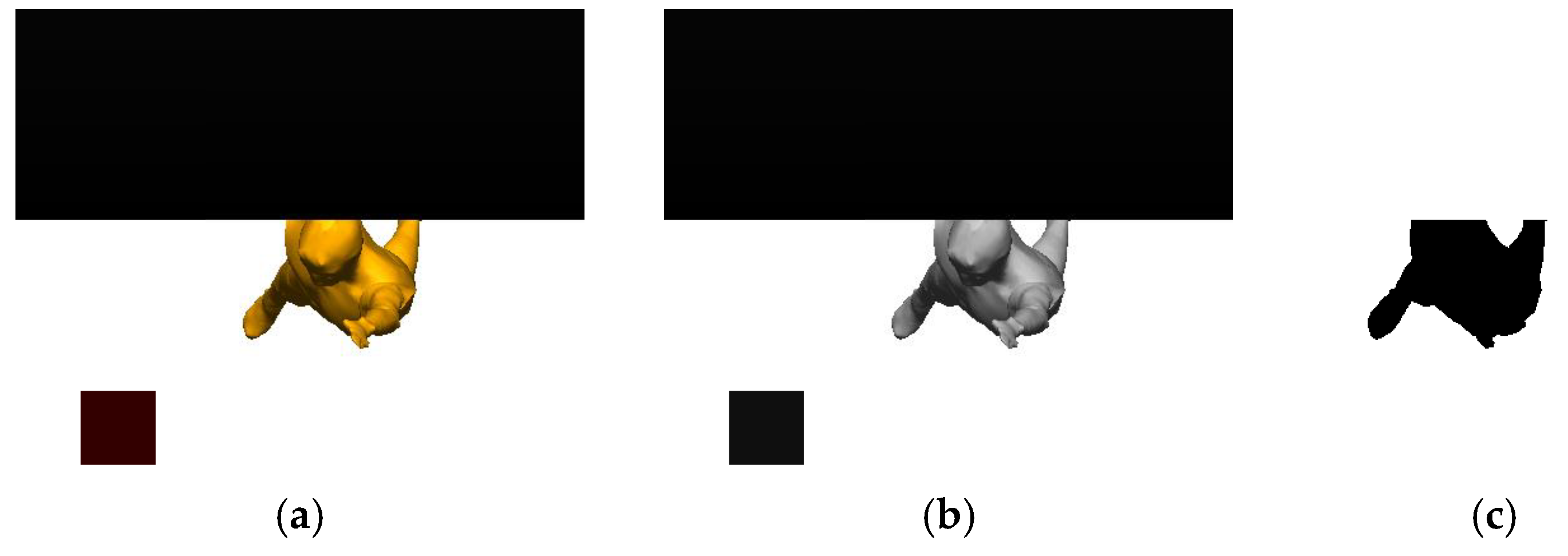Association between Changes in Swimming Velocity, Vertical Center of Mass Position, and Projected Frontal Area during Maximal 200-m Front Crawl †
Abstract
:1. Introduction
2. Materials and Methods
2.1. Participants
2.2. Experimental Design
2.3. Underwater Motion-Capture System
2.4. Body Shape Measurement
2.5. Data Analysis
2.5.1. Individual Models
2.5.2. Swimming Velocity and Vertical CoM Position
2.5.3. Swimming Kinematics Data
2.5.4. PFA
3. Results
4. Discussion
Acknowledgments
Conflicts of Interest
References
- Toussaint, H.; Truijens, M. Biomechanical aspects of peak performance in human swimming. Anim. Biol. 2005, 55, 17–40. [Google Scholar]
- Figueiredo, P.; Zamparo, P.; Sousa, A.; Vilas-Boas, J.P.; Fernandes, R.J. An energy balance of the 200 m front crawl race. Eur. J. Appl. Physiol. 2011, 111, 767–777. [Google Scholar] [CrossRef] [PubMed]
- Toussaint, H.M.; van Stralen, M.; Stevens, E. Wave drag in front crawl swimming. In Proceedings of the XXth International Symposium on Biomechanics in Sports, Caceres, Spain, 1–5 July 2002; pp. 279–282. [Google Scholar]
- Olstad, B.H.; Vaz, J.R.; Zinner, C.; Cabri, J.M.H.; Kjendlie, P.-L. Muscle coordination, activation and kinematics of world-class and elite breaststroke swimmers during submaximal and maximal efforts swimmers during submaximal and maximal efforts. J. Sports Sci. 2017, 35, 1107–1117. [Google Scholar] [CrossRef] [PubMed]
- Gatta, G.; Cortesi, M.; Fantozzi, S.; Zamparo, P. Planimetric frontal area in the four swimming strokes: Implications for drag, energetics and speed. Hum. Mov. Sci. 2015, 39, 41–54. [Google Scholar] [CrossRef] [PubMed]
- Mochimaru, M. Digital human models for human-centered design. J. Robot. Mechatron. 2017, 29, 783–789. [Google Scholar] [CrossRef]
- Endo, Y.; Tada, M.; Mochimaru, M. Dhaiba: Development of virtual ergonomic assessment system with human models. Digit. Hum. Model. 2014, 3, 1–8. [Google Scholar]
- Kouchi, M.; Mochimaru, M. AIST Anthropometric database. Natl. Inst. Adv. Ind. Sci. Technol. H16PRO 2005, 287, 91–92. [Google Scholar]
- Washino, S.; Mankyu, H.; Yoshitake, Y. Estimation of vertical center of gravity position by underwater motion-capture system with small number of markers during swimming. In Proceedings of the XIIIth International Symposium on Biomechanics and Medicine in Swimming, Tsukuba, Japan, 17–21 September 2018; pp. 182–186. [Google Scholar]
- Lomax, M.E.; McConnell, A.K. Inspiratory muscle fatigue in swimmers after a single 200 m swim. J. Sports Sci. 2003, 21, 659–664. [Google Scholar] [CrossRef] [PubMed]
- Washino, S.; Mayfield, D.L.; Lichtwark, G.A.; Mankyu, H.; Yoshitake, Y. Swimming performance is reduced by reflective markers intended for the analysis of swimming kinematics. J. Biomech. 2019, 91, 109–113. [Google Scholar] [CrossRef] [PubMed]




| Distance (m) | Velocity (m s–1) | Vertical CoM (m) | PFA (m2) |
|---|---|---|---|
| 0‒25 | 1.63 ± 0.02 | −0.123 ± 0.002 | 0.119 ± 0.003 |
| 25‒50 | 1.54 ± 0.04 | −0.128 ± 0.003 | 0.121 ± 0.002 |
| 50‒75 | 1.49 ± 0.07 | −0.130 ± 0.005 | 0.120 ± 0.003 |
| 75‒100 | 1.45 ± 0.06 | −0.130 ± 0.007 | 0.123 ± 0.002 |
| 100‒125 | 1.40 ± 0.06 | −0.137 ± 0.003 | 0.127 ± 0.003 |
| 125‒150 | 1.40 ± 0.06 | −0.138 ± 0.003 | 0.125 ± 0.002 |
| 150‒175 | 1.39 ± 0.07 | −0.139 ± 0.007 | 0.127 ± 0.004 |
| 175‒200 | 1.36 ± 0.03 | −0.141 ± 0.005 | 0.128 ± 0.004 |
| Distance (m) | Stroke Length (m) | Stroke Rate (Hz) | Kick Amplitude (m) | Kick Rate (Hz) |
|---|---|---|---|---|
| 0‒25 | 2.22 ± 0.18 | 0.756 ± 0.054 | 0.338 ± 0.065 | 3.54 ± 0.18 |
| 25‒50 | 2.15 ± 0.15 | 0.709 ± 0.027 | 0.337 ± 0.051 | 3.33 ± 0.20 |
| 50‒75 | 2.24 ± 0.09 | 0.679 ± 0.017 | 0.316 ± 0.042 | 3.22 ± 0.31 |
| 75‒100 | 2.04 ± 0.04 | 0.701 ± 0.049 | 0.327 ± 0.022 | 3.16 ± 0.34 |
| 100‒125 | 2.24 ± 0.15 | 0.637 ± 0.017 | 0.347 ± 0.019 | 2.87 ± 0.23 |
| 125‒150 | 2.17 ± 0.11 | 0.632 ± 0.010 | 0.336 ± 0.034 | 2.81 ± 0.23 |
| 150‒175 | 2.10 ± 0.08 | 0.675 ± 0.051 | 0.333 ± 0.039 | 2.87 ± 0.15 |
| 175‒200 | 2.02 ± 0.06 | 0.657 ± 0.023 | 0.316 ± 0.049 | 2.93 ± 0.19 |
Publisher’s Note: MDPI stays neutral with regard to jurisdictional claims in published maps and institutional affiliations. |
© 2020 by the authors. Licensee MDPI, Basel, Switzerland. This article is an open access article distributed under the terms and conditions of the Creative Commons Attribution (CC BY) license (https://creativecommons.org/licenses/by/4.0/).
Share and Cite
Washino, S.; Murai, A.; Mankyu, H.; Yoshitake, Y. Association between Changes in Swimming Velocity, Vertical Center of Mass Position, and Projected Frontal Area during Maximal 200-m Front Crawl. Proceedings 2020, 49, 60. https://doi.org/10.3390/proceedings2020049060
Washino S, Murai A, Mankyu H, Yoshitake Y. Association between Changes in Swimming Velocity, Vertical Center of Mass Position, and Projected Frontal Area during Maximal 200-m Front Crawl. Proceedings. 2020; 49(1):60. https://doi.org/10.3390/proceedings2020049060
Chicago/Turabian StyleWashino, Sohei, Akihiko Murai, Hirotoshi Mankyu, and Yasuhide Yoshitake. 2020. "Association between Changes in Swimming Velocity, Vertical Center of Mass Position, and Projected Frontal Area during Maximal 200-m Front Crawl" Proceedings 49, no. 1: 60. https://doi.org/10.3390/proceedings2020049060
APA StyleWashino, S., Murai, A., Mankyu, H., & Yoshitake, Y. (2020). Association between Changes in Swimming Velocity, Vertical Center of Mass Position, and Projected Frontal Area during Maximal 200-m Front Crawl. Proceedings, 49(1), 60. https://doi.org/10.3390/proceedings2020049060




